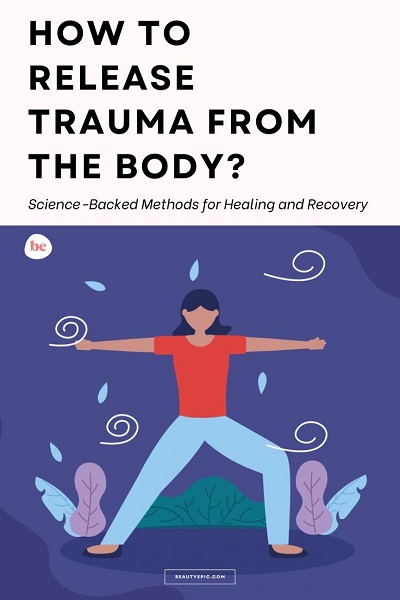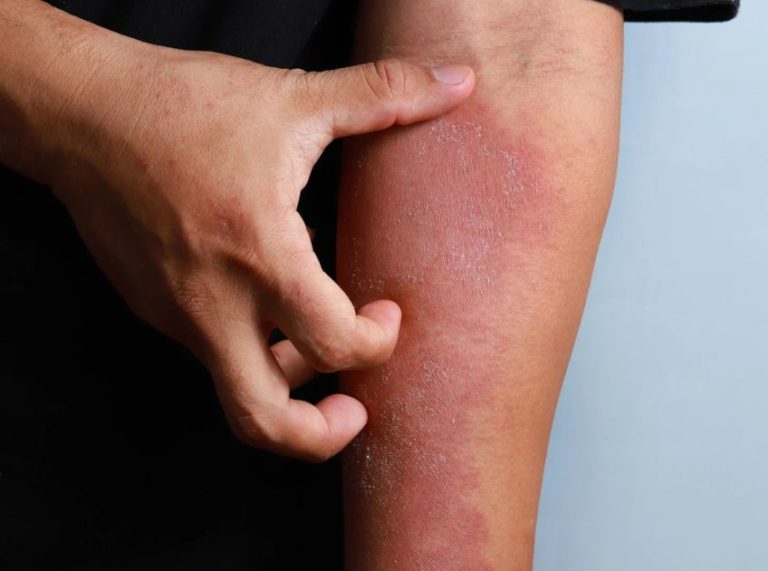
Important: This article is for informational purposes only. Please read our full disclaimer for more details.
Trauma doesn’t just live in our memories—it lives in our bodies. That tight chest, racing heart, or constant fatigue? It might be your body holding onto unresolved emotional pain. Releasing trauma isn’t just about talking through your experiences; it’s about tapping into your nervous system and letting your body feel safe again.
In this expert guide, you’ll learn how trauma affects your body, the science behind physical release, and proven practices to help you feel grounded, calm, and whole again.
Trauma and the Body: More Than Just a Mental Experience
Trauma is any overwhelming experience that exceeds your ability to cope. While we often associate trauma with war, abuse, or accidents, it can also arise from emotional neglect, chronic stress, or medical procedures.
What many people don’t realize is that trauma can bypass the thinking brain and settle deep in the nervous system. According to Bessel van der Kolk, MD, author of The Body Keeps the Score, trauma is stored as “visceral sensations and body memories” (1). These can show up as:
- Muscle tension or chronic pain
- Shallow breathing
- Digestive issues
- Sleep disturbances
- Feeling disconnected from your body (dissociation)
The Science Behind Trauma Release
When you experience a traumatic event, your body triggers the fight, flight, or freeze response, controlled by the autonomic nervous system. If the event is too overwhelming and the body doesn’t get to complete this response, the energy stays trapped inside.
According to a study in Frontiers in Psychology (2020), unprocessed trauma can dysregulate the sympathetic nervous system, keeping you in a state of hypervigilance or shutdown. Over time, this chronic state leads to emotional and physical exhaustion (2).
Neuroplasticity—the brain’s ability to adapt—means you can retrain your nervous system (3). Through somatic (body-based) practices, your body can complete the stress response and release stored trauma.
Signs Your Body Is Ready to Release Trauma
Healing doesn’t look the same for everyone, but common signs that your body is opening up to release trauma include:
- Unexplained emotional waves during bodywork
- Shaking, yawning, or deep sighs after movement or therapy
- Dreams or memories resurfacing without overwhelm
- More ease in breathing and movement
- A growing sense of safety in your body
These are healthy signs of integration—your body is letting go, not falling apart.
Proven Ways to Release Trauma from the Body
Here are science-backed, therapist-recommended ways to release trauma safely and effectively:
1. Somatic Experiencing (SE)
Developed by: Dr. Peter Levine
This technique helps the body complete the fight-or-flight response by focusing on internal sensations rather than retelling the traumatic story.
How it works
- You explore physical sensations in a safe setting
- You allow natural responses like shaking, heat, or deep breaths
- These responses discharge the stuck survival energy
Scientific backing: SE has been shown to reduce PTSD symptoms and improve nervous system regulation (4).
2. TRE (Tension and Trauma Releasing Exercises)
This method uses controlled tremoring to release muscle tension and stored trauma. It mimics the natural shaking animals do after a threat.
How it works
- You perform mild fatigue exercises (like pelvic lifts)
- Your body naturally begins to tremble
- This calms the vagus nerve and resets the stress response
Scientific support: Studies show TRE can reduce cortisol levels and improve sleep and mood in trauma survivors (5).
3. Mindful Movement (Yoga, Dance, Qi Gong)
Movement forms that integrate breath, sensation, and awareness help re-establish a sense of control and embodiment.
Best practices
- Try trauma-sensitive yoga (TSY) that emphasizes safety and choice
- Engage in freeform dance or movement to express emotion
- Focus on how the body feels—not how it looks
Evidence: A 2014 study published in Journal of Clinical Psychiatry found that trauma-sensitive yoga significantly reduced symptoms of treatment-resistant PTSD (6).
4. Deep Breathing and Vagal Toning
Your vagus nerve is a key player in calming the body after stress. Practices that stimulate this nerve can downregulate the nervous system.
Try
- Box breathing (inhale 4, hold 4, exhale 4, hold 4)
- Humming or chanting (vibration activates the vagus nerve)
- Cold water face splashes or gargling
These techniques help shift your body from a fight-or-flight state into a rest-and-digest mode.
5. Therapeutic Touch or Massage
Safe, nurturing touch (with consent) can bring stored trauma to the surface. Bodywork like craniosacral therapy or myofascial release helps release tension and restore fluidity in the tissue.
Note: Some survivors may feel uncomfortable with touch—always honor your comfort and boundaries.
Frequently Asked Questions (FAQ’S)
Q1: Can I release trauma on my own, or do I need a therapist?
A. Many people begin with home practices, but working with a trauma-informed therapist can provide a safe container and expert guidance, especially if trauma symptoms are intense or overwhelming.
Q2: What if I feel worse before I feel better?
A. That can happen. Releasing trauma can temporarily stir up old emotions. Go slowly, ground yourself, and seek support when needed. Progress isn’t always linear.
Q3: How long does it take to release trauma from the body?
A. There’s no fixed timeline. For some, a few sessions bring major shifts; for others, it’s a gradual, layered process over months. Consistency and patience are key.
Final Thoughts
Trauma may shape your story, but it doesn’t have to control your body forever. With the right support and somatic tools, your body can release, reset, and restore balance. This isn’t about forgetting the past—it’s about freeing your nervous system from its grip.
Start small. Be gentle. And remember: every breath, stretch, and moment of awareness brings you one step closer to safety, wholeness, and peace.
















